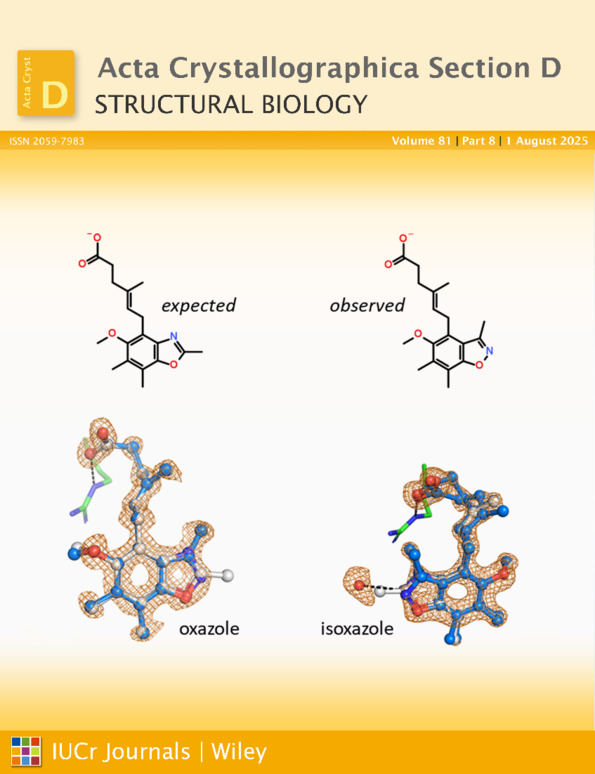On the routine use of soft X-rays in macromolecular crystallography. Part III. The optimal data-collection wavelength
Abstract
Complete and highly redundant data sets were collected at different wavelengths between 0.80 and 2.65 Å for a total of ten different protein and DNA model systems. The magnitude of the anomalous signal-to-noise ratio as assessed by the quotient Ranom/Rr.i.m. was found to be influenced by the data-collection wavelength and the nature of the anomalously scattering substructure. By utilizing simple empirical correlations, for instance between the estimated ΔF/F and the expected Ranom or the data-collection wavelength and the expected Rr.i.m., the wavelength at which the highest anomalous signal-to-noise ratio can be expected could be estimated even before the experiment. Almost independent of the nature of the anomalously scattering substructure and provided that no elemental X-ray absorption edge is nearby, this optimal wavelength is 2.1 Å.




